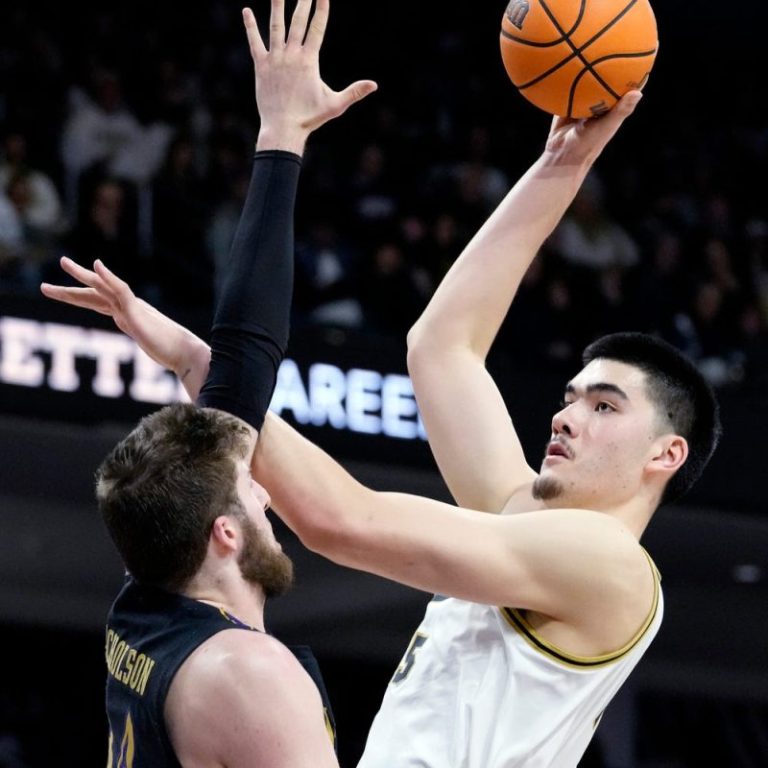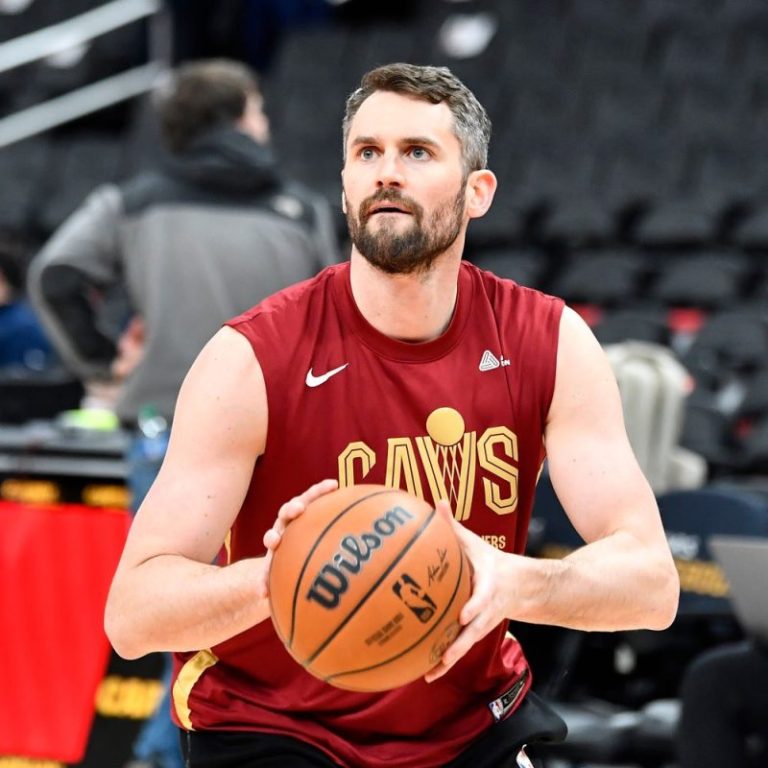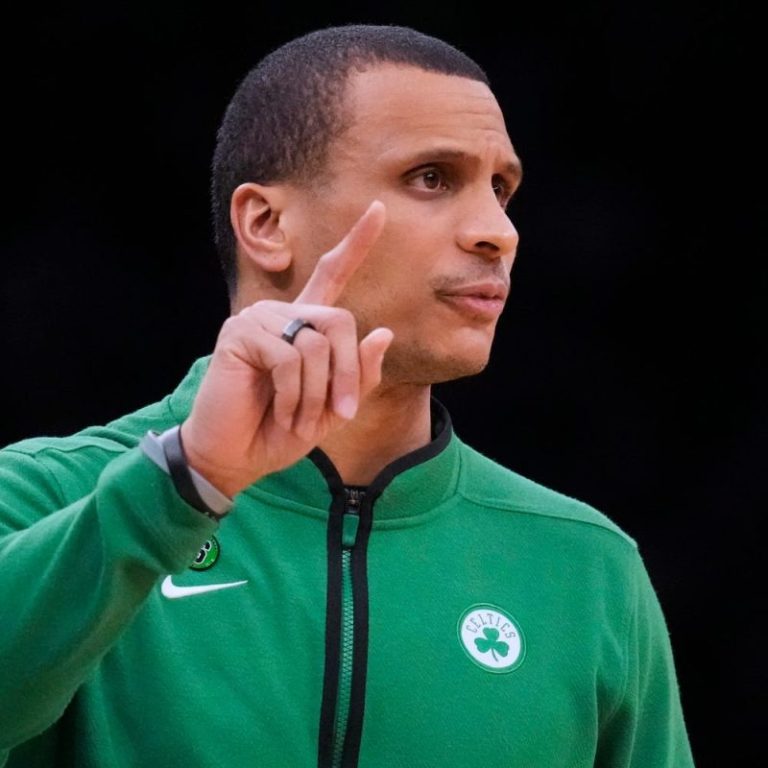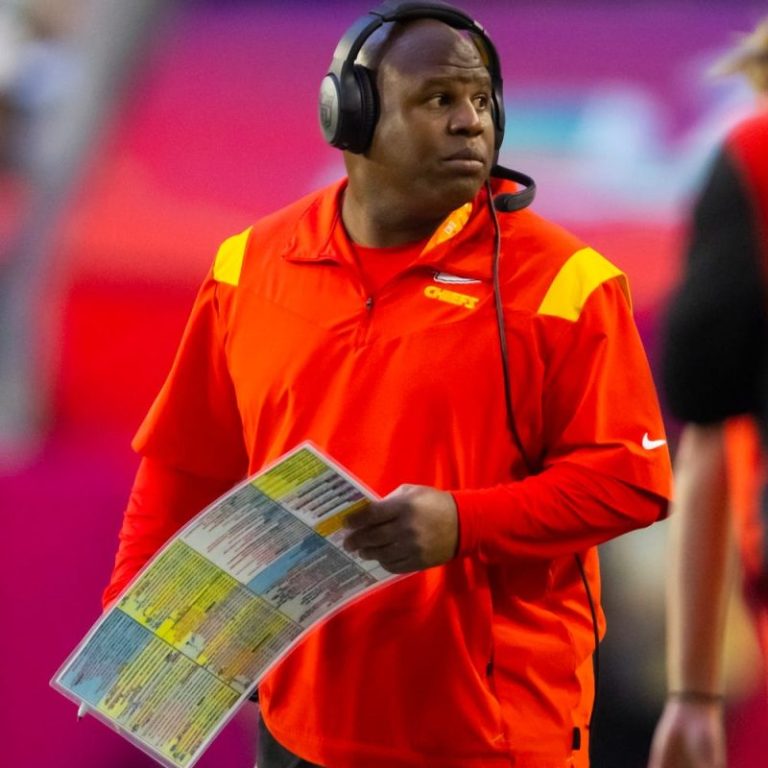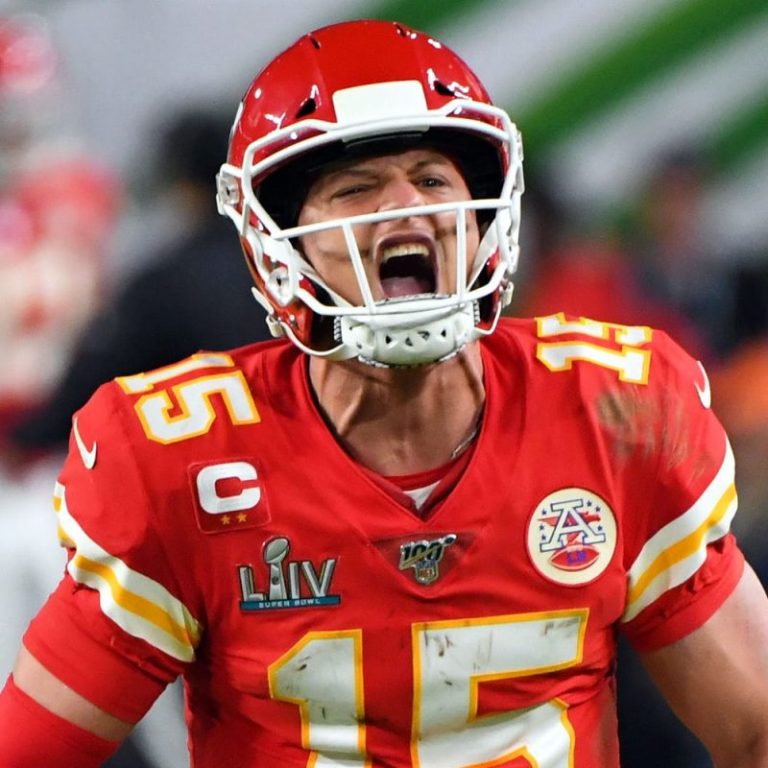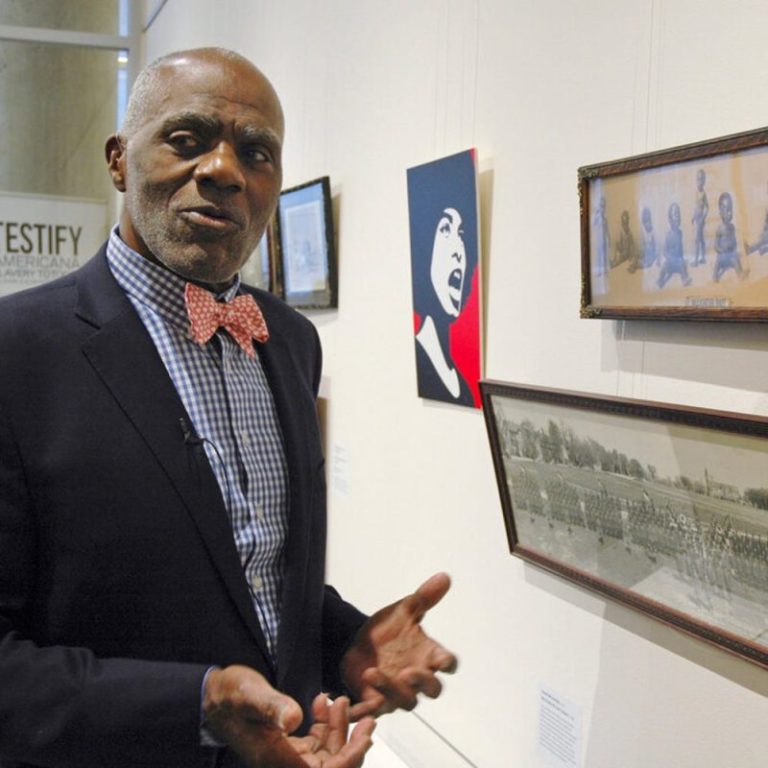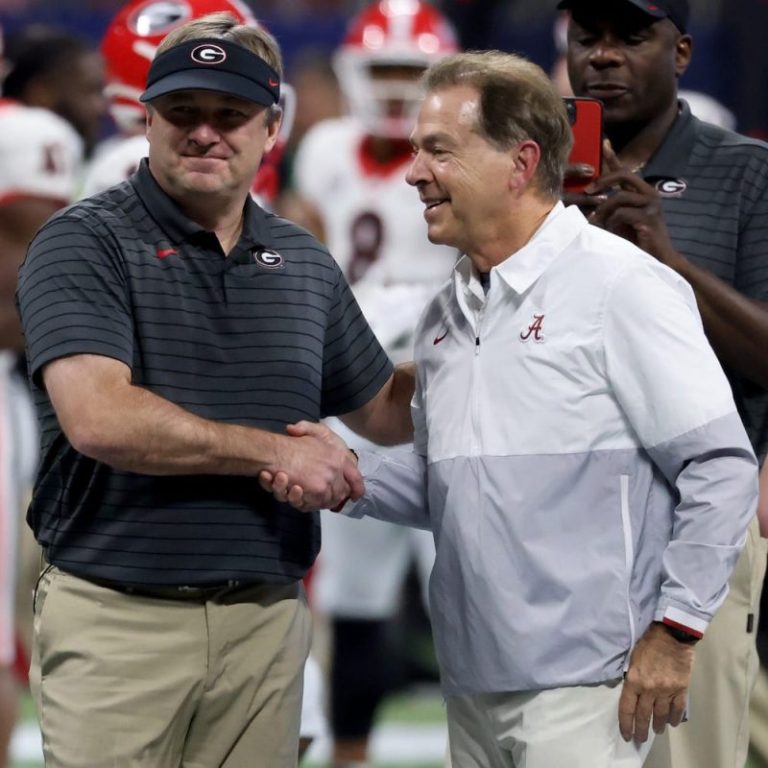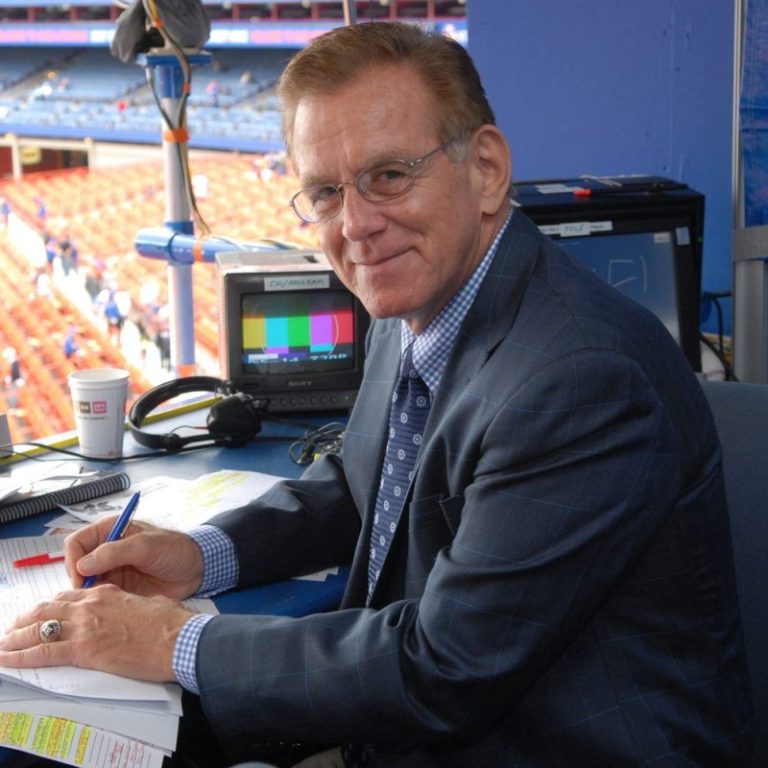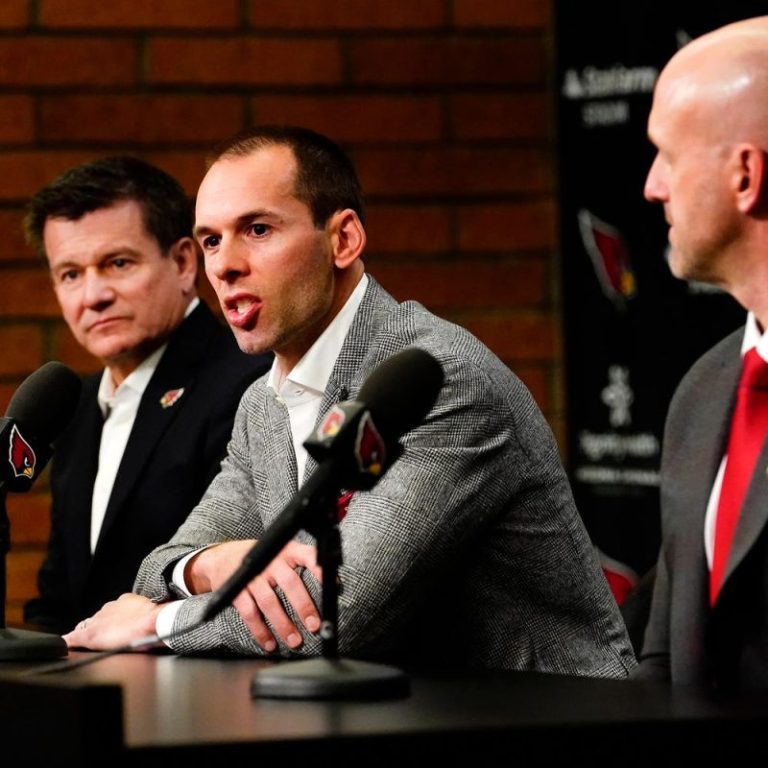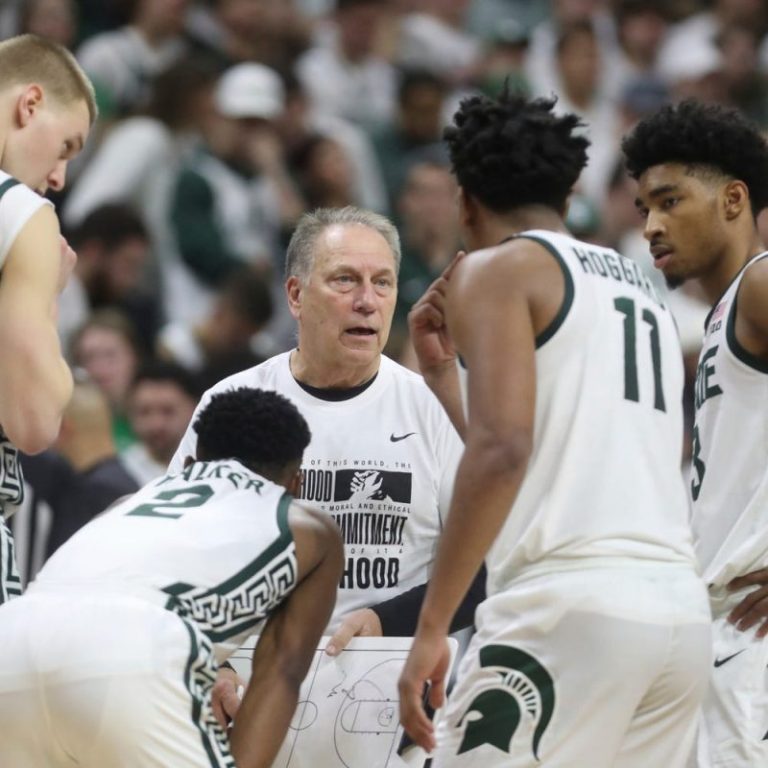The Golden State Warriors changed the way the NBA game was played by playing small, spreading the floor and relying heavily on the 3-point shot.
The successful tactic dribbled down to college basketball, with teams like Baylor, Virginia and Villanova winning national titles with their versions of position-less basketball.
Now that the NBA is starting to a shift with a resurgence of the big man, the college game is following suit.
“We trickle down from the NBA to college,” ESPN analyst and former coach Seth Greenberg said. “Everyone’s playing position-less basketball, but you can play position-less basketball with a big who can do a variety of things.”
College basketball still has plenty of teams sticking to the five-out scheme, but more and more are playing with four guards or wings working around a big man in the paint.
Follow every game: Latest NCAA Men’s College Basketball Scores and Schedules
No. 3 Purdue has funneled its offense through 7-foot-4 Zach Edey, the likely frontrunner for national player of the year who has led the Boilermakers to the No. 1 ranking twice this season.
No. 8 Arizona’s 7-footer Oumar Ballo has taken huge strides since following coach Tommy Lloyd from Gonzaga, teaming with Azuolas Tubelis to form one of the nation’s best frontcourts.
No. 14 Indiana funnels its offense through 6-9 Trayce Jackson-Davis, who is having an All-American-type season. Adama Sanogo helped No. 20 UConn rise as high as No. 2 earlier in the season. Kentucky’s Oscar Tschwiebe is the reigning national player of the year, though he hasn’t been quite as dominant this season.
Preseason No. 1 North Carolina hasn’t lived up to expectations, but Armando Bacot is a double-double machine, averaging 17.4 points and 11.0 rebounds per game.
“I love to see big men getting some love,” Gonzaga big man Drew Timme said. “The game has evolved and so have the big men.”
The big man’s domain is still on the low block, but coaches have found ways to get them involved in a game that’s become more free-flowing.
A popular action is for the big man to set a screen, often above the free throw line. If the screen doesn’t create an opening for a shooter, the big man can roll all the way to the basket, stop on a short roll to set up another teammate or crack back and set another screen.
Coaches also will set up big men in the dunker spot along the baseline between the basket and 3-point line, where they can be available when a driver draws in the defense.
Arizona has one of the toughest big-man sets to defend, swapping Ballo and Tubelis in a high-low action. The Wildcats get several easy baskets a game on the high-low and free up perimeter shooters when teams are forced to rotate a defender to help down low.
‘I love playing with big guys and I really value them,’ Lloyd said. ‘We spend a lot of time on our bigs touching the ball and we spend a lot of time teaching our guards how to pass the ball to the bigs so they get to touch the ball in advantageous situations.”
The advent of NIL deals has helped fuel this big man revival.
In the past, players with size would be tempted to give the NBA a shot, even if their prospects of making the league were marginal. The financial potential was just too enticing.
Name, Image and Likeness gives players an avenue to earn money while remaining in school, in turn giving them the opportunity to hone their games.
“I think just with the NIL, it allows people to just come back to college and feel more comfortable,” Bacot said. “But it also allows us to develop more and get better at our weaknesses, too.”
When the big men stick around, the better they get and the more cohesive their teams become.
Having a big man who has continued to develop and played in a system with the same teammates adds continuity and maturity that pays off; veteran teams are typically the ones making the deep March Madness runs, not those filled with one-and-done type players.
“I think you’re going to see more traditional post players, maybe not throughout the country, but I think you’re going to see more because those are the guys that are going to stick around,” Greenberg said.
And college basketball has become better for it.
___
AP college basketball: https://apnews.com/hub/college-basketball and https://apnews.com/hub/ap-top-25-college-basketball-poll and https://twitter.com/AP_Top25

